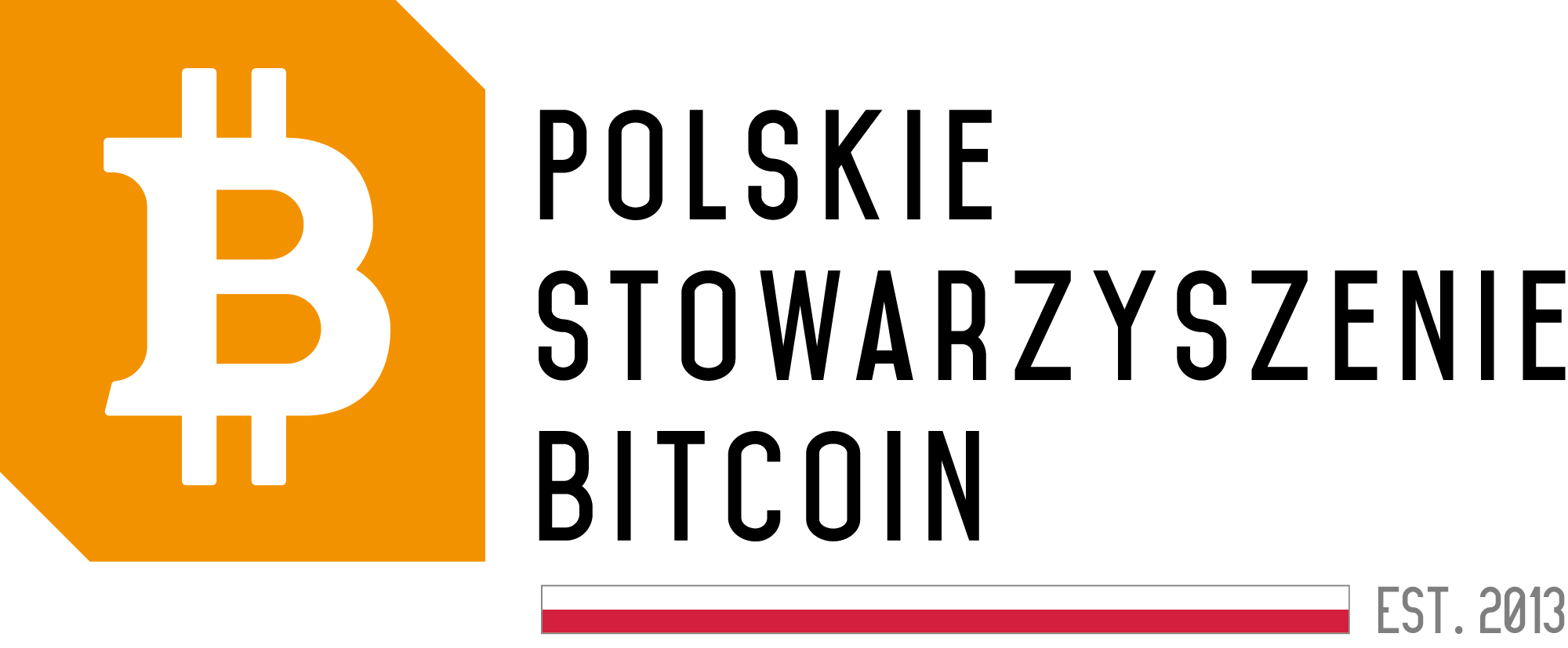Halving Bitcoin: What does it mean for the cryptocurrency industry?

Bitcoin Halving – What Does It Actually Mean?
Bitcoin halving, the reduction in the reward for adding a block to the blockchain, is an event that occurs every 210,000 blocks, roughly every four years. The next Bitcoin halving is expected to take place in the second half of April this year. This is a significant event that impacts the entire cryptocurrency industry.
Bitcoin – Digital Gold with Limited Supply
Bitcoin is often referred to as “digital gold” due to its characteristics similar to the precious metal. Being a digital counterpart to gold is owed, among other factors, to its maximum supply limit of 21 million coins. Once this number is reached, no more bitcoins will be created.
Expected Effects of the Halving
There are concerns that with the upcoming halving, miners’ earnings, the individuals engaged in cryptocurrency mining, might significantly decrease. Max Chamberlin points out that many companies involved in bitcoin mining may become unprofitable after this process.
Blockchain Security in Question
Low transaction fees and potential departure of miners from the network may pose a threat to the overall security of the blockchain. There is a fear that reducing block rewards could negatively impact the system’s stability.
New Bitcoin-Related Assets as Opportunity for Miners
However, new assets related to Bitcoin have emerged on the horizon, such as ordinals and Runes. Their integration could positively impact miners by increasing revenue from transaction fees, providing an additional income source for network participants.
Development of Decentralized Applications Ecosystem
Integrating assets into DeFi (Decentralized Finance) services through Bitcoin’s second layer solutions could bring benefits in the form of a more sophisticated ecosystem of decentralized applications. This is a step towards exploring new possibilities related to cryptocurrency utilization.
Bitcoin Staking as a Solution
The Bitcoin staking protocol developed by Babylon aims to alleviate concerns related to reduced rewards for miners. Staking, holding specific amounts of cryptocurrencies in a wallet to secure the network, is becoming an increasingly popular solution.
Bitcoin’s Dependence on Second-Layer Infrastructure
After this year’s halving, an increased dependence of Bitcoin on second-layer infrastructure is expected. Trust Machines plans to build a decentralized economy based on Bitcoin, where post-halving transactions will rely more on second-layer infrastructure, potentially opening up new development opportunities for cryptocurrencies.




